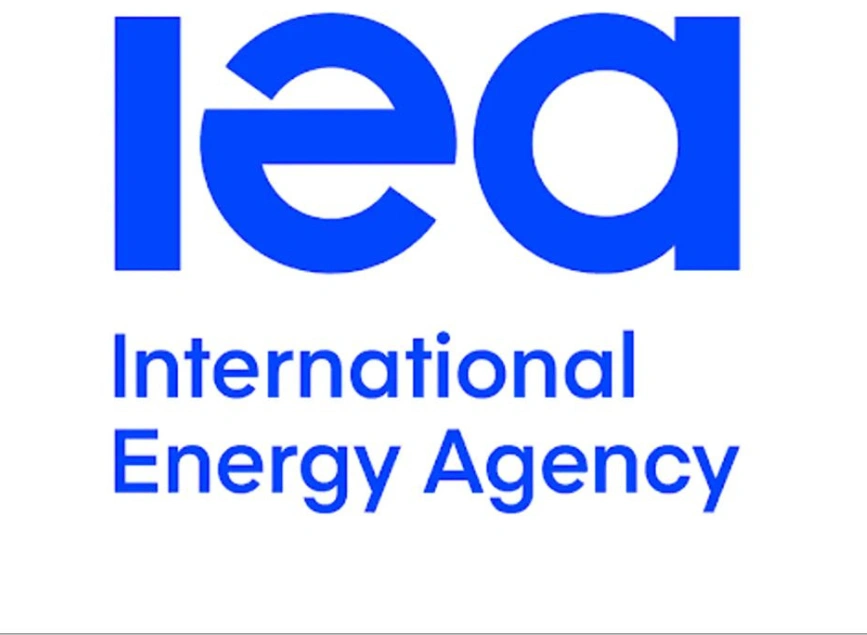
IEA Oil Market Report: Global Demand Surge and Oil Price in 2025
The oil market is gearing up for another eventful year, with rising demand, shifting supply dynamics, and intense price swings shaping the outlook for 2025. The latest International Energy Agency (IEA) Oil Market Report forecasts a stronger demand recovery, led by emerging Asian economies, while supply growth remains uncertain due to geopolitical factors and OPEC+ decisions. Let’s break down the key takeaways from the report and what they mean for the global oil landscape.
Global Oil Demand: Who’s Driving Growth?
Demand Rising by 1.1 Million Barrels Per Day
The IEA predicts that global oil demand will grow by 1.1 million barrels per day (mb/d) in 2025, an increase from 870,000 barrels per day in 2024. This signals a steady post-pandemic recovery, fueled by economic expansion in key regions.
China’s Role is Changing
While China remains a major player in oil consumption, its share of demand growth has dropped to 19%—a sharp decline from the 60% average seen in the past decade. This shift reflects China’s transition to a more service-oriented economy and its growing focus on renewable energy.
India and Emerging Asia Take the Lead
With 500,000 barrels per day of additional demand expected from India and other emerging Asian economies, these markets are now becoming key drivers of oil consumption growth. Expanding infrastructure, industrial activity, and rising energy needs are propelling their influence in the global oil market.
Oil Supply Trends: Can Production Keep Up?
A Temporary Dip in Global Oil Supply
In January 2025, global oil supply declined by 950,000 barrels per day, bringing total output down to 102.7 mb/d. The primary reasons? Severe winter storms in North America disrupted production, and output reductions in Nigeria and Libya contributed to supply losses.
Supply Set to Rebound in 2025
Despite the early-year dip, oil production is projected to increase by 1.6 mb/d, pushing global supply to 104.5 mb/d by the end of 2025.
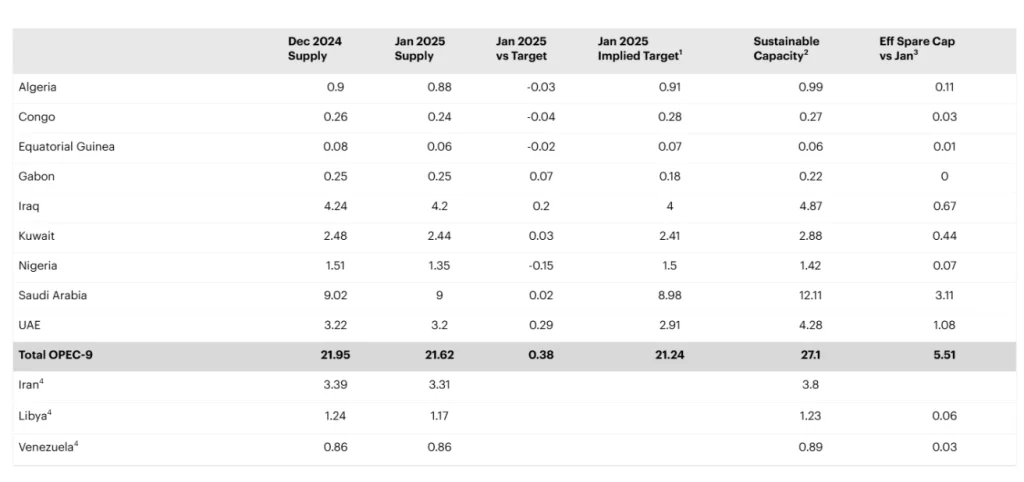
Non-OPEC+ Producers Are in Control
Much of this growth is expected to come from non-OPEC+ producers, particularly the U.S. and Brazil. However, OPEC+ voluntary production cuts could still influence supply levels and keep the market tight.
Refining and Inventories: A Tighter Market?
Refining Activity Declines in Early 2025
Global refining activity dropped by 1 mb/d in January, falling to 82.9 mb/d due to planned refinery shutdowns in the U.S. and adverse weather conditions. However, average refining output is expected to recover to 83.3 mb/d in 2025.
Oil Inventories Are Shrinking
Global oil stocks fell by 17.1 million barrels in December. Crude oil inventories dropped by 63.5 million barrels, while refined product stocks increased by 46.4 million barrels. Preliminary data suggests further declines in China’s crude oil stocks in early 2025, signaling tighter supply conditions in the region.
Oil Price Volatility: What’s Causing the Swings?
Brent Crude Price Swings
January started with an $8 per barrel surge, pushing Brent crude to $83 per barrel, before dropping to $77 per barrel as market sentiment shifted.
Why Did Prices Rise Initially?
New U.S. sanctions on Russia and Iran restricted oil exports, and severe winter weather in the Northern Hemisphere disrupted production.
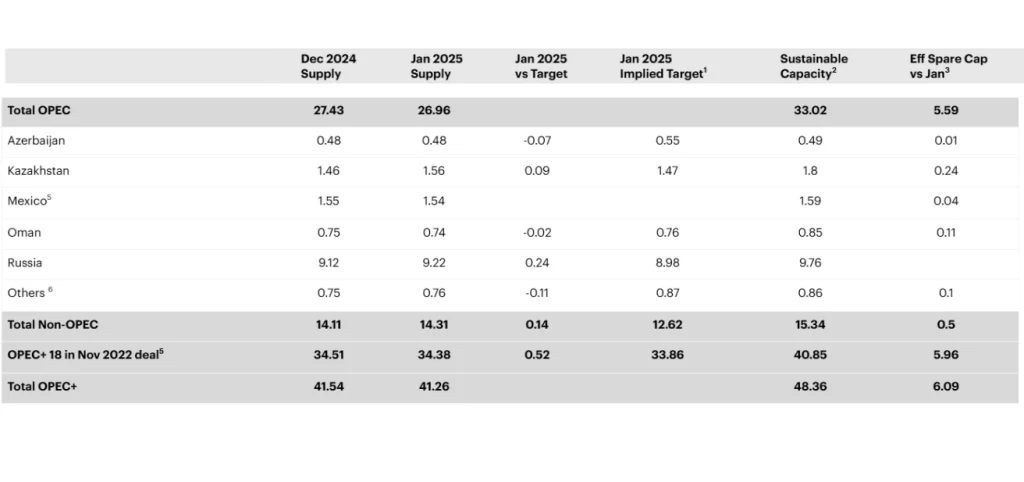
Why Did Prices Fall Again?
Concerns over trade wars and their impact on global economic growth weighed on market sentiment, and renewed pessimism about long-term oil demand growth led to lower prices.
Will the Oil Market Stay Balanced in 2025?
Key Market Drivers
- Sanctions and Trade Wars – Geopolitical tensions, especially regarding Russia and Iran, will play a major role in shaping supply dynamics.
- OPEC+ Decisions – The group’s voluntary production cuts from April will determine how tight or loose the market becomes.
- Asia’s Growing Influence – India and other emerging Asian economies are gaining a stronger foothold in global demand.
What Lies Ahead?
While demand is rising, supply is set to increase even faster, leading to a potential oversupply scenario—unless OPEC+ intervenes. Meanwhile, price volatility will remain a key feature of the market, driven by sanctions, economic trends, and production shifts.
Bottom line? The oil market is entering a high-stakes period, where policy decisions, supply adjustments, and economic shifts will dictate the direction of prices and global energy stability. Buckle up—it’s going to be a wild ride.
Share
Hot topics

Federal Reserve’s Challenges to Trump’s New Policies
As the Federal Reserve Open Market Committee (FOMC) prepares for its upcoming meeting, all eyes are on how the Fed will respond to Donald Trump’s latest economic policies. With the...
Read more

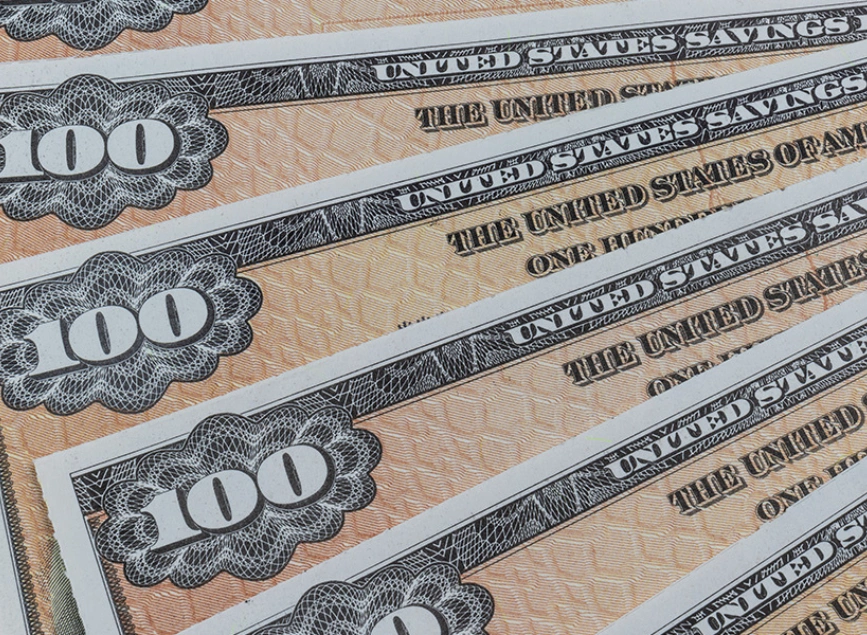

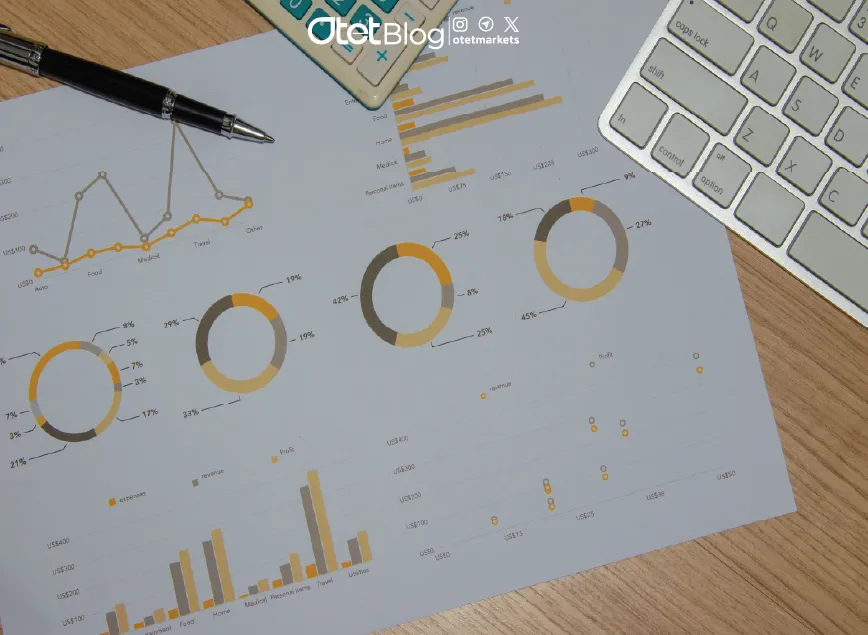
Submit comment
Your email address will not be published. Required fields are marked *